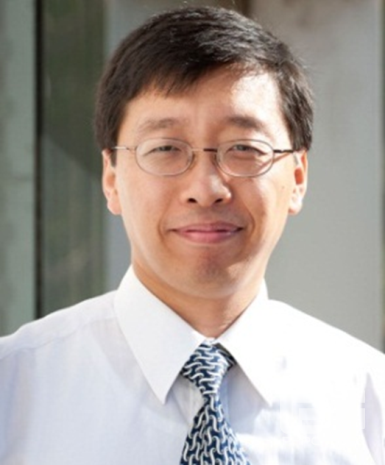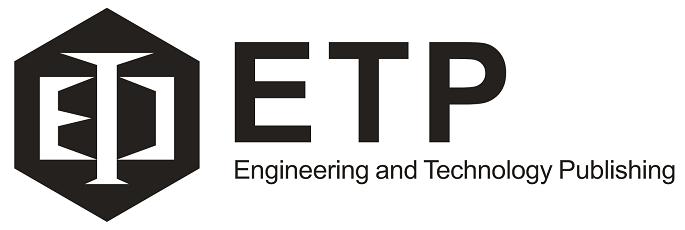Application of Biogeography-Based Optimisation for Machine Layout Design Problem
Saisumpan Sooncharoen, Srisatja Vitayasak, and Pupong Pongcharoen
Faculty of Engineering, Nerasuan University, Phitsanulok, 65000, Thailand
Abstract—The design task for machine layout is to arrange machines into a limited manufacturing area. Material handling distance is usually considered as a key performance index of internal logistic activities within manufacturing companies. Machine layout design problem is classified into non-deterministic polynomial-time hard (NP-hard) problem. The objectives of this paper were to: describe the application of Biogeography-Based Optimisation (BBO) for designing machine layout with minimum total material handling distance; and investigate the appropriate setting of BBO parameters. The BBO searches for the global optimum mainly conducted through two steps: migration and mutation. Both steps are controlled by immigration and emigration rates of the species in the habitat, which are also used to share information between the habitats. The computational experiments were designed and conducted using five MLD benchmarking datasets adopted from literature. The statistical analysis on the experimental results suggested that all BBO parameters have statistical impact on the quality of the solutions obtained except the smallest-size problem.
Index Terms—biogeography-based optimisation, machine layout problem, metaheuristics
Cite: Saisumpan Sooncharoen, Srisatja Vitayasak, and Pupong Pongcharoen, "Application of Biogeography-Based Optimisation for Machine Layout Design Problem," International Journal of Mechanical Engineering and Robotics Research, Vol.4, No. 3, pp. 251-254, July 2015. DOI: 10.18178/ijmerr.4.3.251-254



